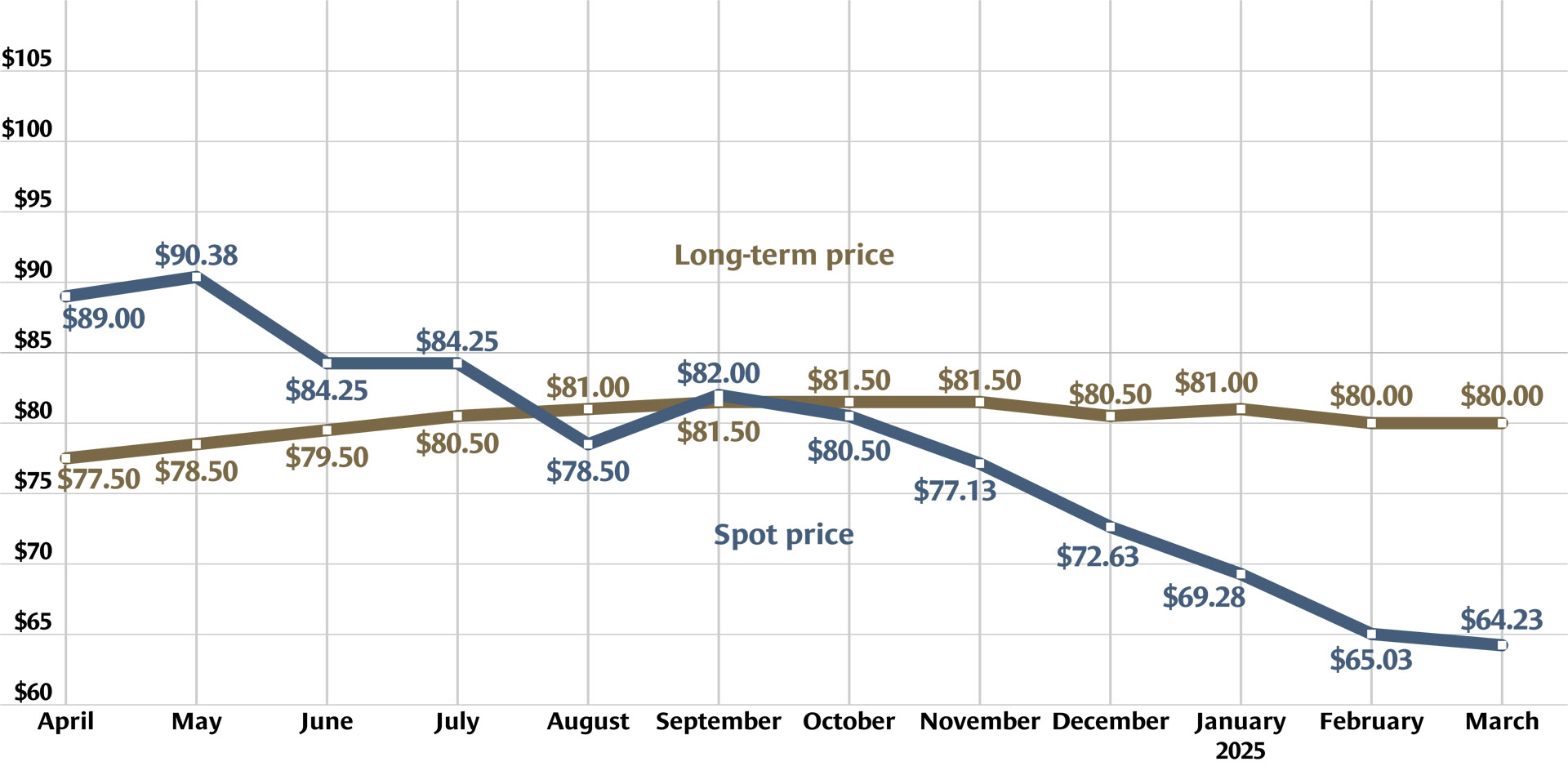JNFL’s Rokkasho uranium enrichment plant. (Photo: JNFL)
President Trump is in Japan today, with a visit with new Prime Minister Sanae Takaichi on the agenda. Takaichi, who took office just last week as Japan’s first female prime minister, has already spoken in favor of nuclear energy and of accelerating the restart of Japan’s long-shuttered power reactors, as Reuters and others have reported. Much of the uranium to power those reactors will be enriched at Japan’s lone enrichment facility—part of Japan Nuclear Fuel Ltd.’s Rokkasho fuel complex—which accepted its first delivery of fresh uranium hexafluoride (UF₆) in 11 years earlier this month.
BWXT’s Centrifuge Manufacturing Development Facility, currently under construction in Oak Ridge, Tenn., will provide the centrifuges that will be used at the future DUECE pilot plant. (Photo: BWXT)
The Department of Energy’s National Nuclear Security Administration has awarded BWX Technologies a contract valued at $1.5 billion to build a Domestic Uranium Enrichment Centrifuge Experiment (DUECE) pilot plant in Tennessee in support of the administration’s efforts to build out a domestic supply of unobligated enriched uranium for defense-related nuclear fuel.
Urenco staff at the facility in Eunice, N.M. (Photo: Urenco)
Urenco USA has initiated production of enriched uranium in its newest gas centrifuge enrichment cascade—the first in a planned expansion of its Eunice, N.M., facility announced in July 2023. When the expansion is complete, early in 2027, the site will have increased its capacity by about 15 percent, adding about 700,000 separative work units (SWU) per year, the company said May 19.
In situ uranium processing equipment at Lost Creek. (Photo: Ur-Energy)
Ur-Energy Inc. has secured approval from the Wyoming Department of Environmental Quality’s Land Quality Division to construct and operate up to six additional mine units at its Lost Creek in situ uranium mine in south-central Wyoming. With that late April approval in hand, “we await only final concurrence and approval of the related aquifer exemption from the U.S. Environmental Protection Agency,” the company said. That approval was granted just three days later, on May 1, but Ur-Energy doesn’t plan to expand Lost Creek for “several years.”
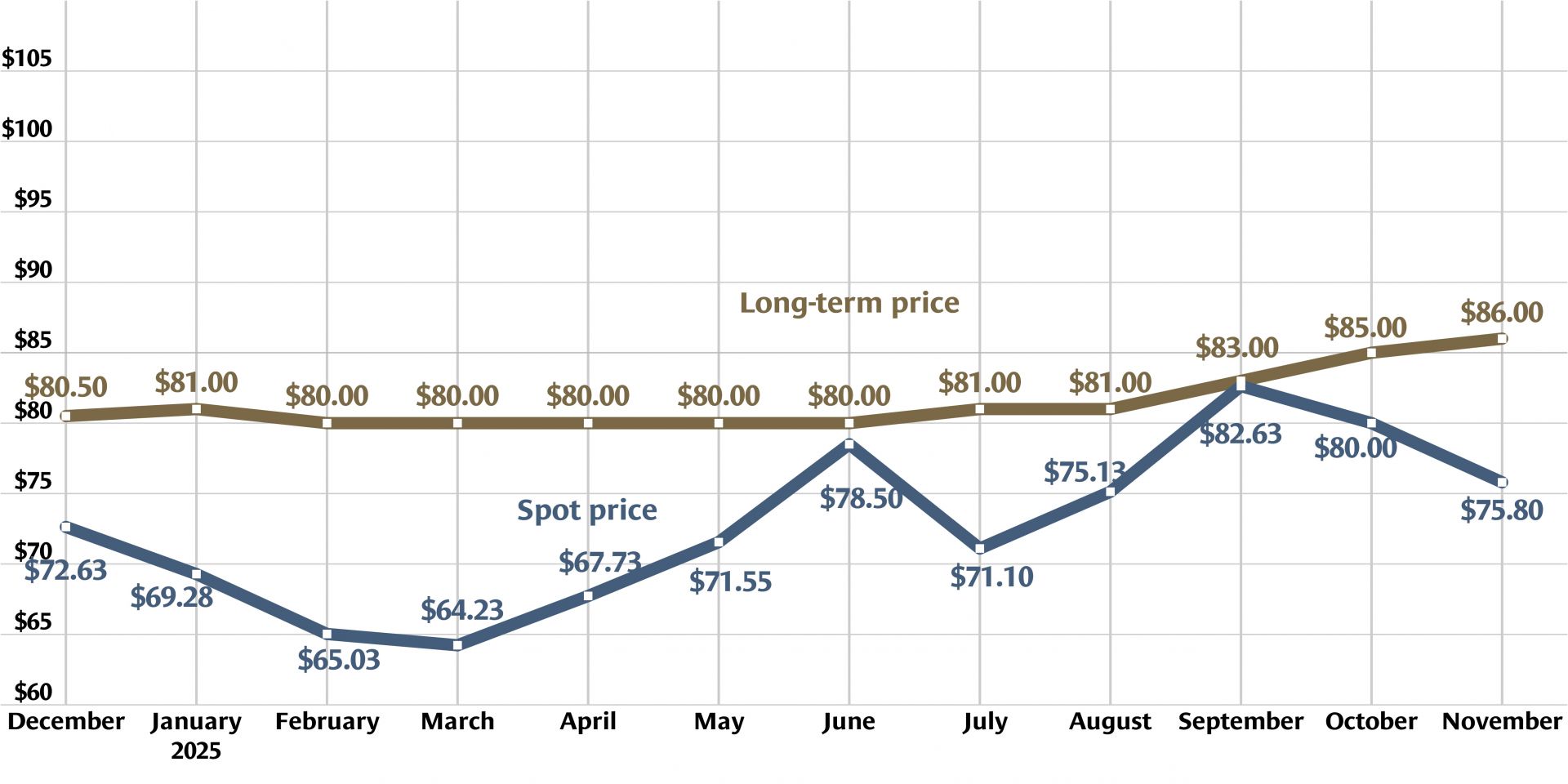


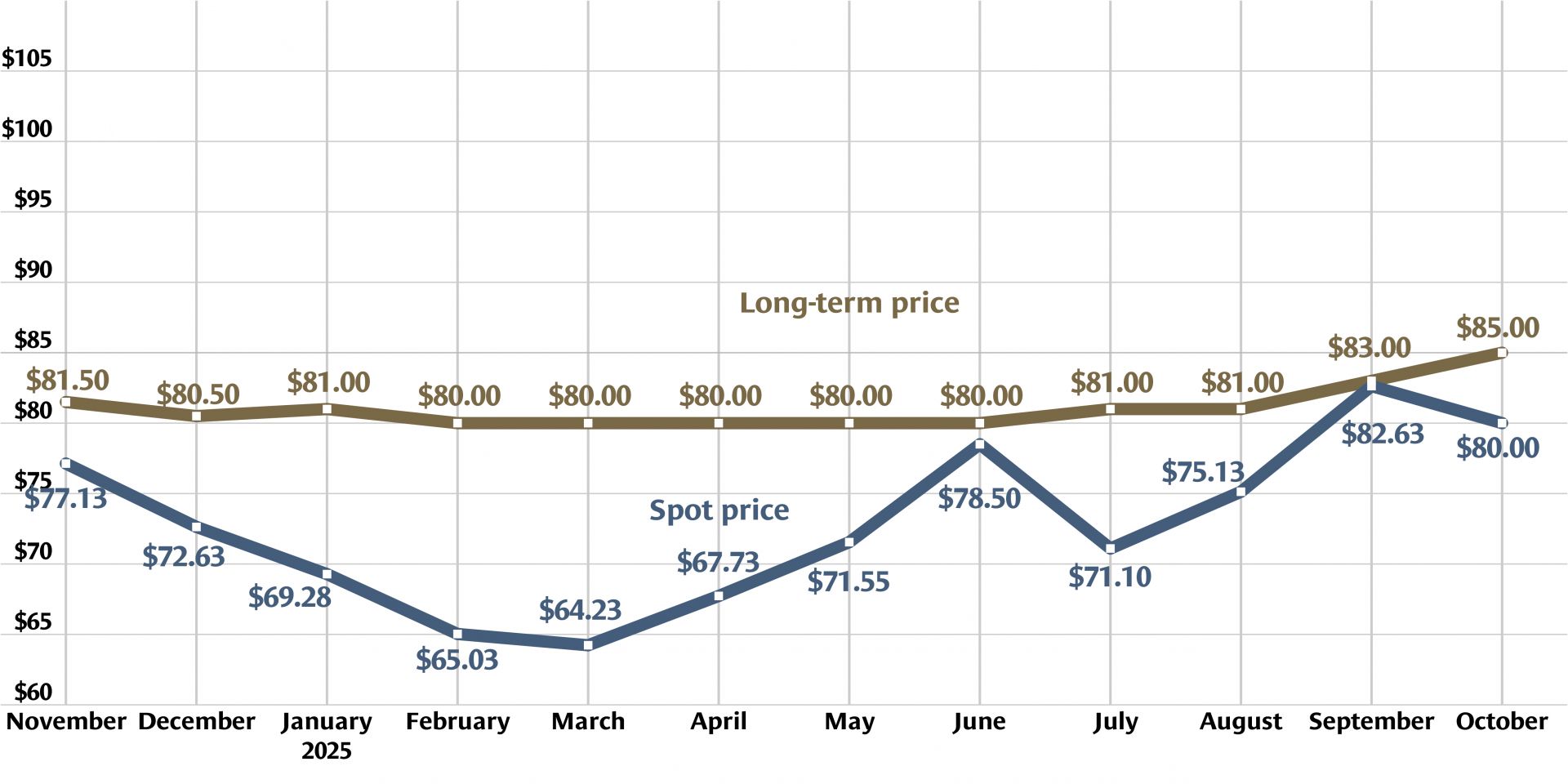

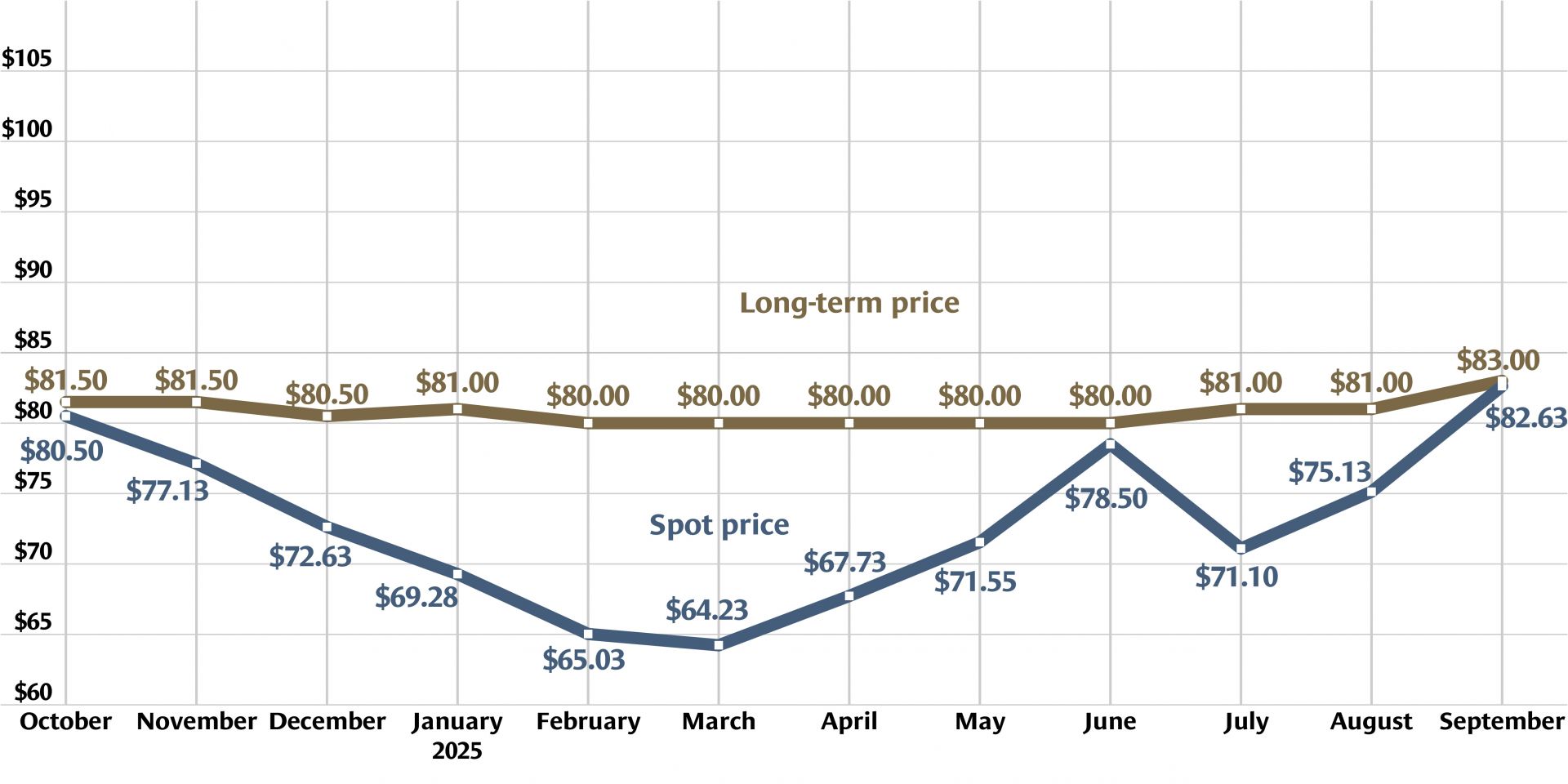
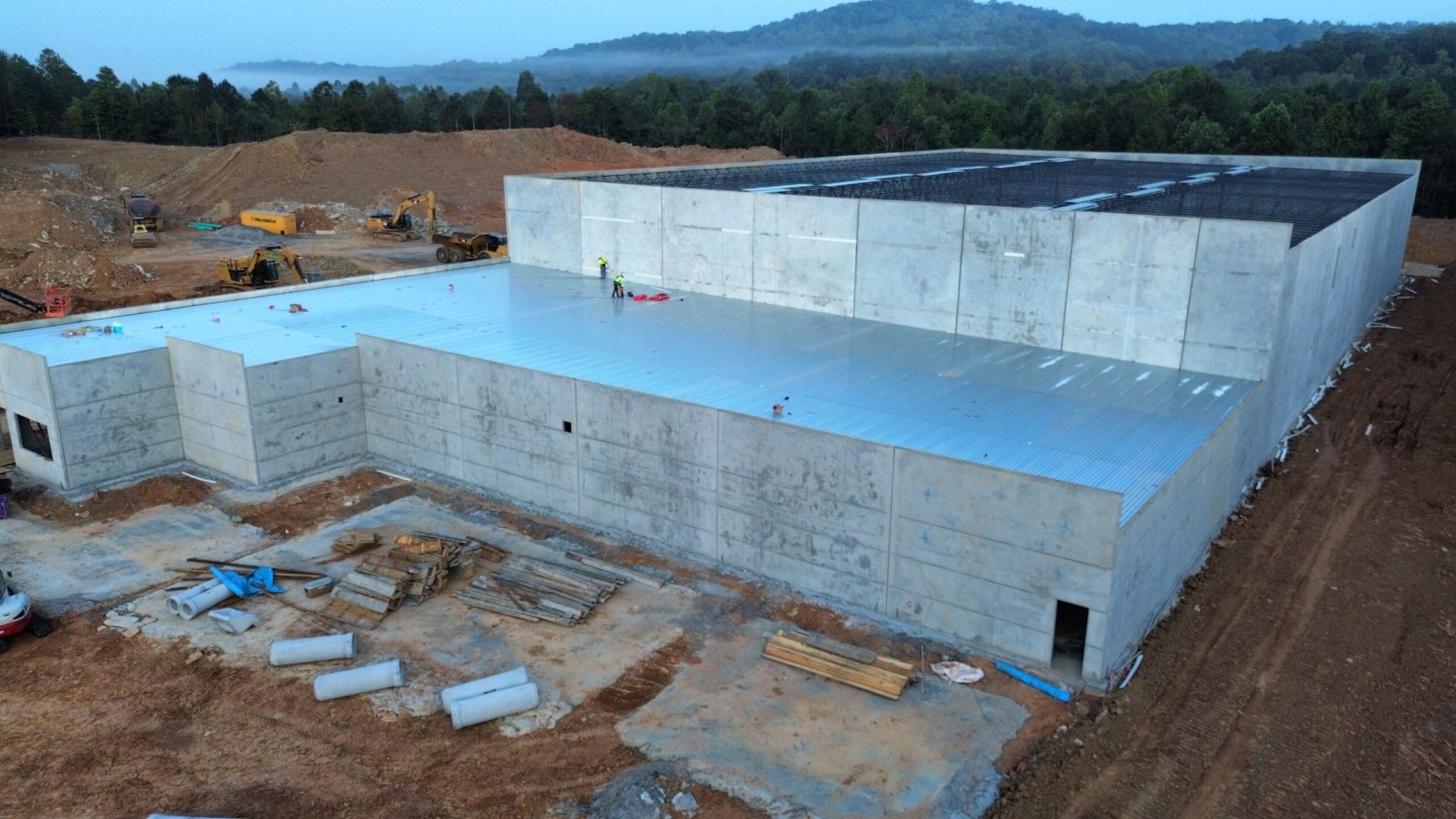
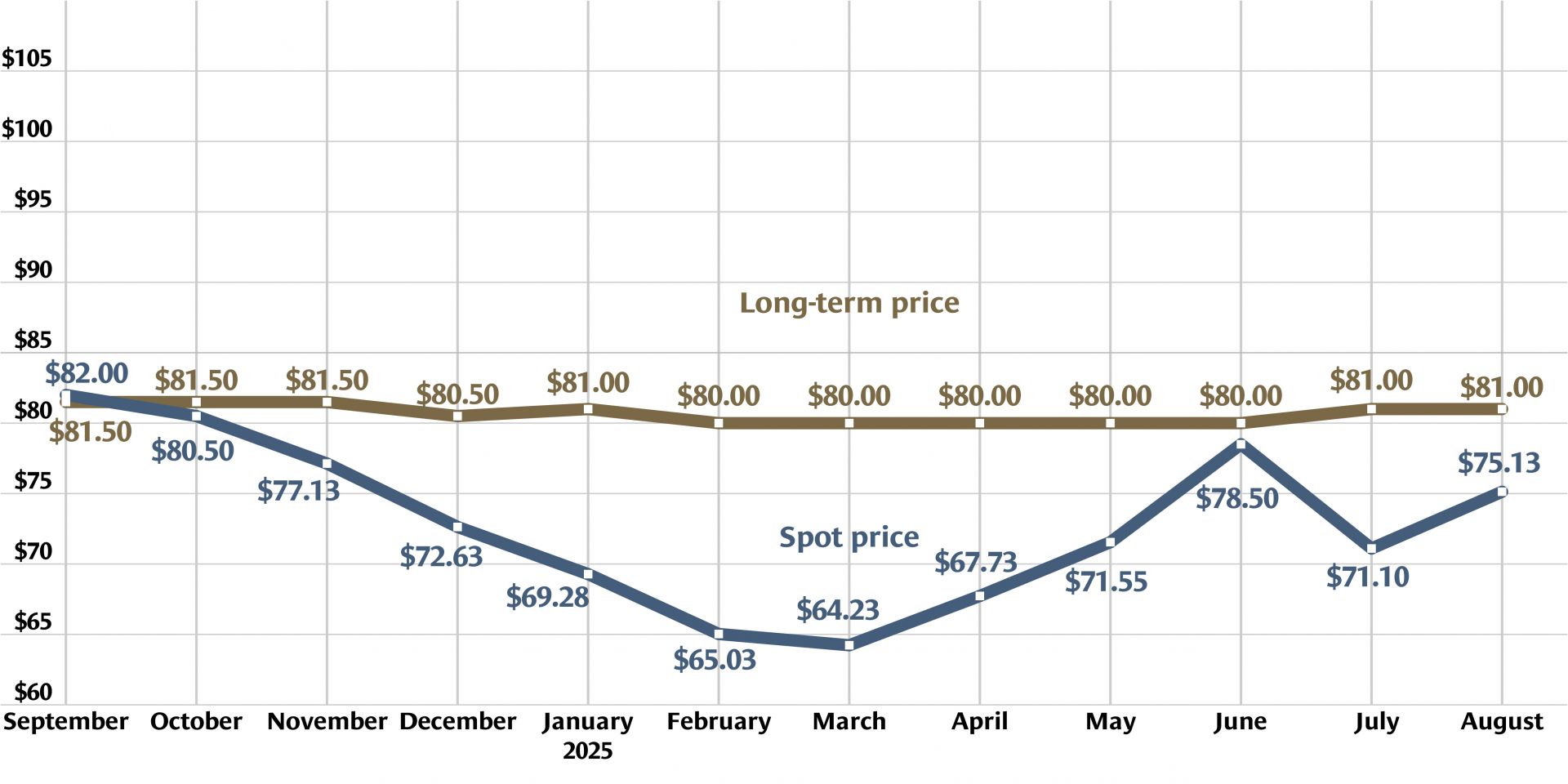
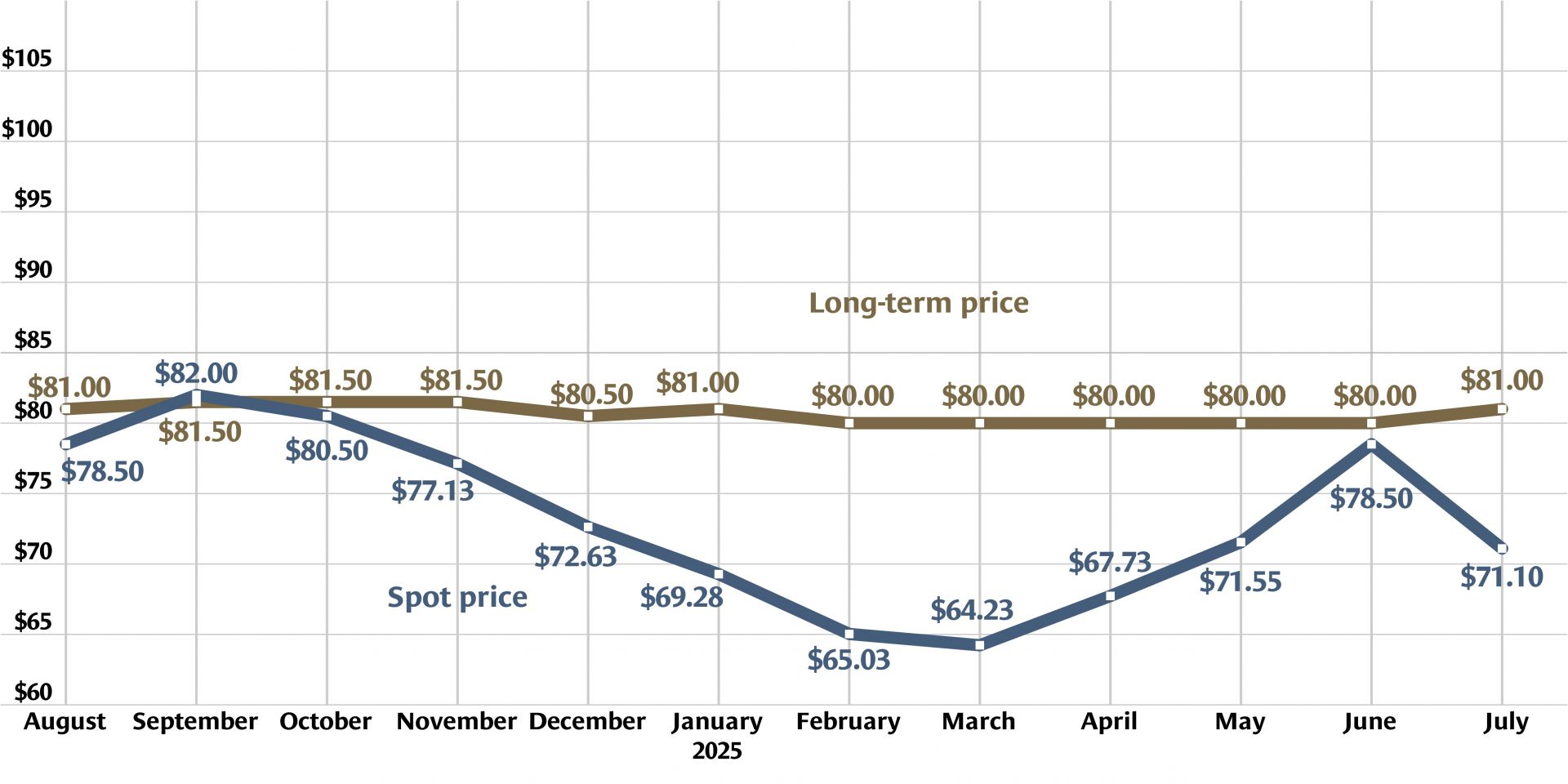
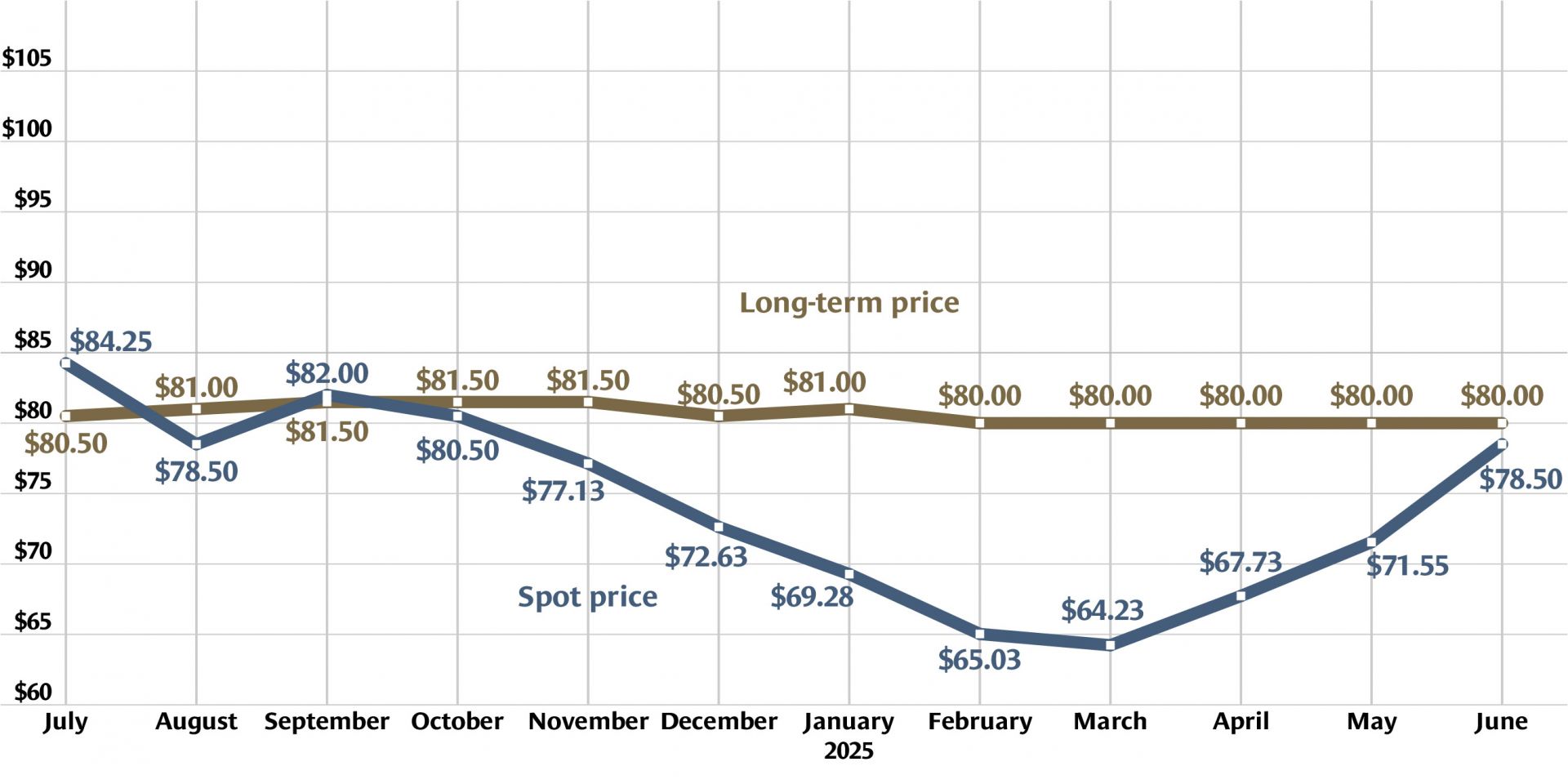


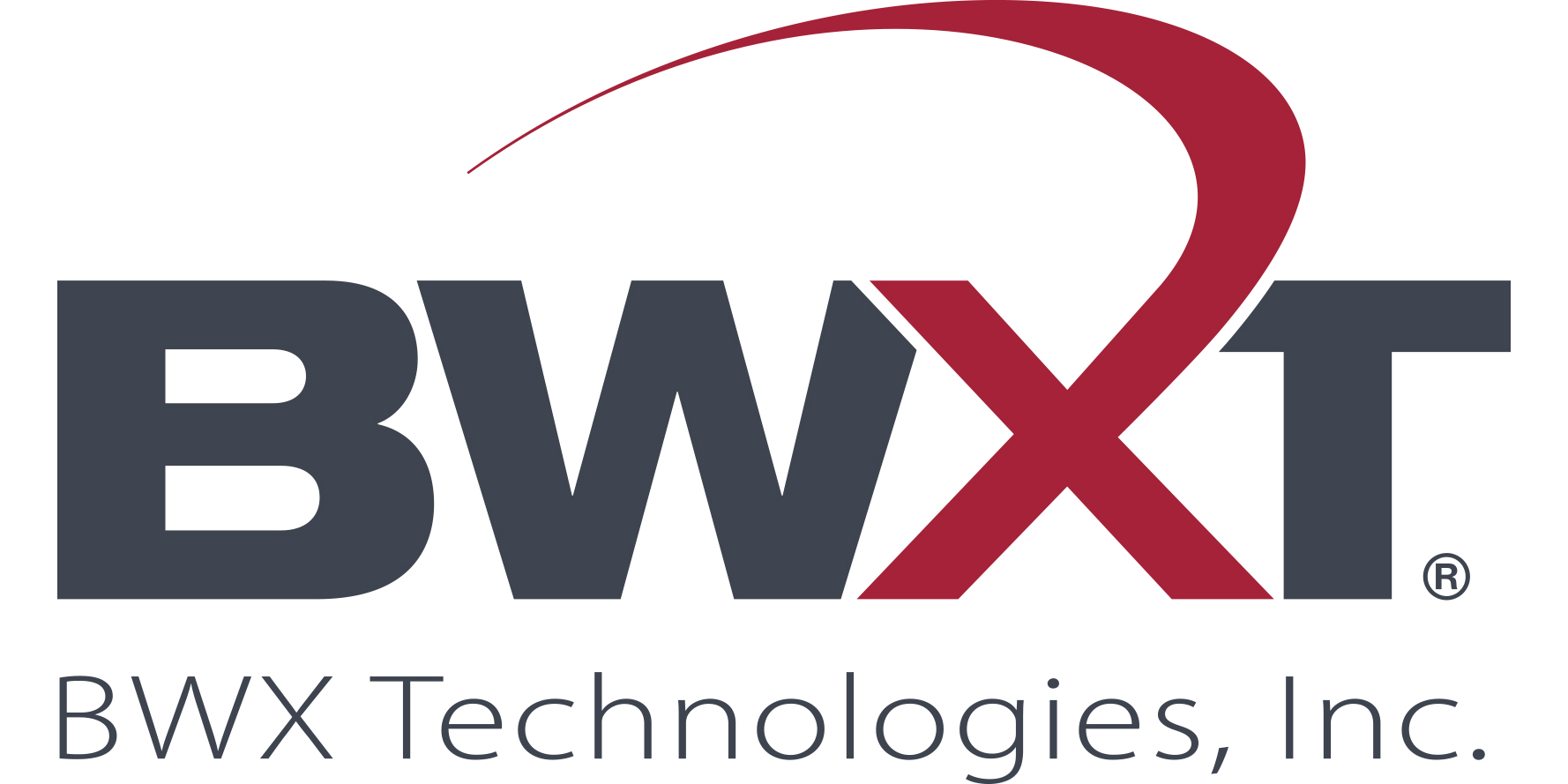
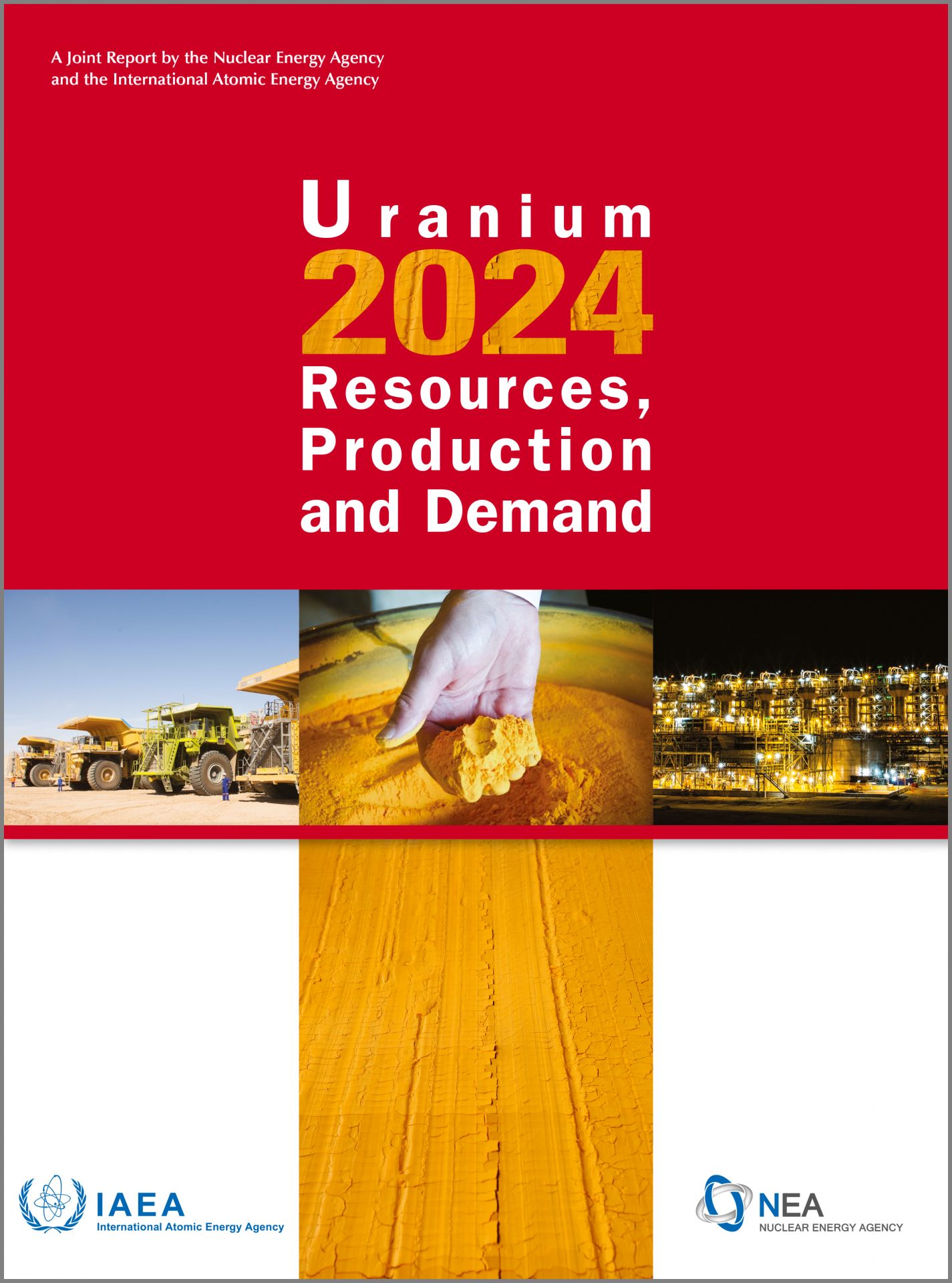 The latest edition of
The latest edition of 
